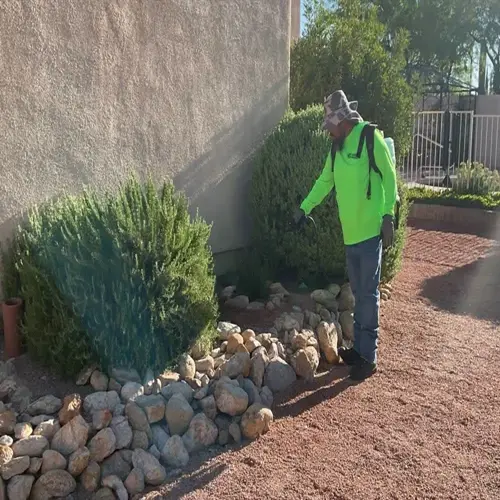How can I repair existing erosion damage?

Written by
Nguyen Minh
Reviewed by
Prof. Martin Thorne, Ph.D.Erosion damage, in the form of gullies and exposed roots, only becomes worse with each rain. I have worked to restore extremely degraded slopes using many of the same repair strategies. First, immediately stabilize the active erosion points. Next, rebuild the soil structure using specific repair strategies that will stop that from happening again.
Gully Repair
- Fill with gravel-backed soil layers compacted in 6-inch lifts
- Install check dams using rocks or logs every 4 vertical feet
- Plant vetiver grass immediately for fast root stabilization
Surface Restoration
- Apply 4-inch compost layer to rebuild organic matter
- Seed with erosion-control matting for instant coverage
- Slope regrading to redirect water flow from damaged zones
Long-Term Protection
- Plant deep-rooted shrubs like willow around repaired areas
- Install French drains above vulnerable sections
- Create diversion berms using excavated soil
Fill ravines with gravel-backed soil for drainage, and alternate layers of 4-inch gravel with compacted topsoil. Slope backs at 45 degrees to prevent new erosion. I plant vetivervitigrass on newly filled ravines. In one season, its roots grow 10 feet deep, locking soil in place forever.
Place check dams in washed-out zones using local stone. Use larger stones at the base and interlock stones when building upward. Support dams every 4 vertical feet in deep gullies, and plant willow cuttings between rocks. Roots will grow through rocks and create living barriers in a few months.
Improve impaired soil with compost to hasten recovery. Apply three inches, then lightly rototill. This increases microbial activity, rebuilding the structure. I "pay" the municipality back by bagging leaf compost at no cost. You may want to check the soil pH levels before applying any amendments to ensure they are compatible with your specific needs.
Conduct seasonal monitoring and inspection of repairs. After heavy rains, inspect for new weak areas. Replant dead vegetation in less than two weeks. Apply mulch before the first freeze of winter. I take photos of progress. Over time and with constant care, land that has been harmed can become stable and productive.
You can fully heal the scars of erosion. You can begin with the worst gullies, using gravel and vetiver (a type of grass). As your resources allow, you can start expanding the repairs. In just two growing seasons, I have witnessed a barren wash become a productive slope. All of the recovery of the damaged land is possible due to your sustained efforts.
Read the full article: 9 Effective Ways to Prevent Soil Erosion

